In the age of digital technology, the concept of remote office is overthrowing the old definition of office. Whatever technological growth is, it is nearly impossible to remove the use of paper from human civilization. Printer and scanner is the land bridge of the two ways. Printers are used to make hard copies of digital documents. On the other hand, scanners are useful to make digital copies of hard documents.
There are many scanner types available on the market. Learning about different types of scanners is crucial to select the appropriate scanner to meet up the requirements. Without the proper knowledge, it is very likely to get stuck with a scanner which doesn’t meet up your requirements. In this article, I am going to discuss various scanners types available on the market and their uses.
Various Types of Scanners to Choose From
Scanners are one of the very essential modern office equipment. Many different versions of scanners are making out to the market to fulfill specific requirements. We have categorized all the scanners into five categories. They are as follows;
Flatbed Scanners:
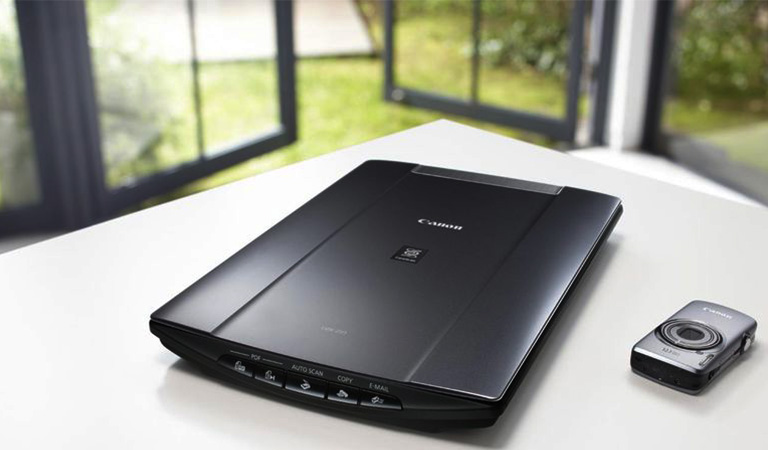
Flatbed scanners, also known as photo scanners are the most common type of scanners you can see in households and office setups. They work on laser technology where you put documents on the surface of a glass and a moving object beneath it scan it using laser technology. The process is very similar to a photocopier machine. Flatbed photo scanners are perfect for scanning documents and photos to high-quality images. You can also scan film negatives perfectly with them using a few tricks.
Most of the flatbed photo scanners have adjustable settings and compatible software support with them. You can choose your desired image dpi while scanning photos or documents.
Sheetfed Scanners:
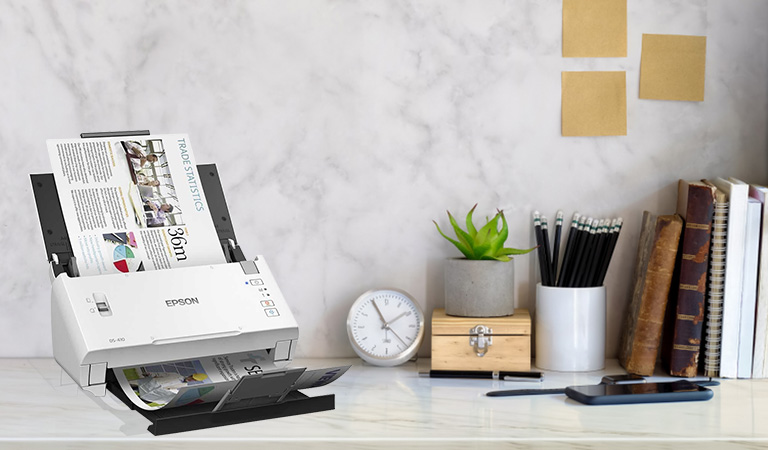
Sheetfed scanners are made for superfast scanning. Flatbed scanners are easy to use but scanning lots of photos or documents with them can take ages. Sheetfed scanners are perfect in these types of situation where a large number of papers are needed to scan as fast as possible. Sheetfed scanners have an input port where the paper is inserted in and the paper moves through a passage where they get scanned along the way.
If you have a lot of sheets to scan and it is part of your regular business, then a sheetfed scanner is a good option for you. However, you can’t scan books or very thick papers with sheetfed scanners. If you have a stack of papers to scan, you can consider buying an ADF (Automatic Document Feeder). An ADF will ease the process of scanning paper stacks without any human supervisions. However, most ADF has certain limits. Make sure that your printer is compatible with the ADF you are purchasing.
Drum Scanners:
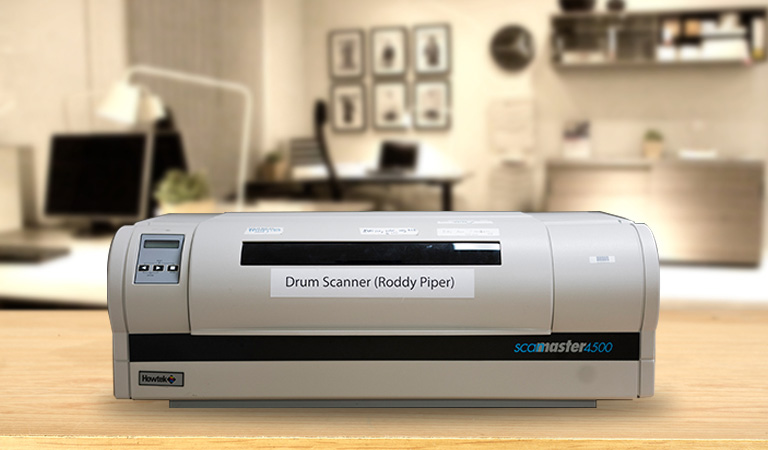
Drum scanners are mainly used for industrial settings. They provide very high-resolution images. Drum scanners will give you better resolution, sharpness, dynamic range, and color rendition than any other scanners available on the market. The cost of producing drum scanners is very high and that is why they are used only in industrial settings.
Drum scanners have a photo-multiplier tube, a light sensing device. This is the reason for which it offers high sensitivity and good signal to noise ratio. The image or document to be scanned is placed on a drum-like spinning object, hence the name of this scanner is drum scanner.
Handheld Scanners:
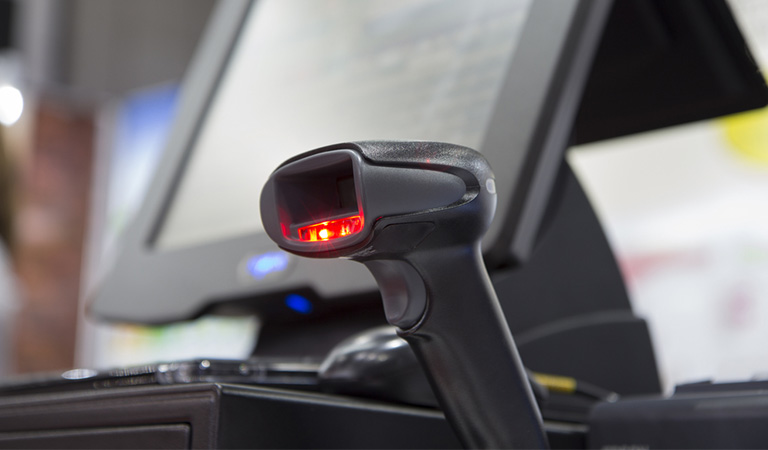
Handheld scanner is a sort of flatbed scanner. They are helpful in situations where a high-quality scan is not so important. Handheld scanners are widely used for digitizing a small portion of printed documents, like reading the barcode from any products. They require experienced man force to operate and handle since it is essential to keep the scanner straight as much as possible to get distortion-free images.
Handheld scanners cost much lower than other types of scanners, much like their scanning quality.
Optical Scanners:

There are many other types of scanners besides the above-mentioned categories. For example, card and check scanners inside the ATMs. These scanners are essential to process checks. Many optical scanners include character recognition programs for reading texts.
Selecting the Right Scanners For Office Use
It is crucial to understand the scanner requirements before purchasing any. To select the perfect scanner option you need to determine the following factors:
The Size & Type of Documents You Are Scanning:
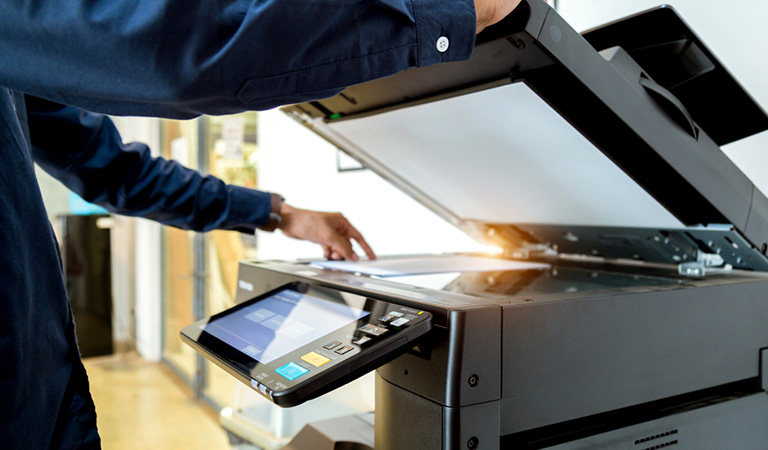
The size and types of documents you need to scan matter a lot. If you need to scan legal size papers, you must ensure that your scanner is large enough to scan legal paper at once. The type of documents you need to scan is another crucial important aspect. If you need to scan photos, a specialized photo scanner might be the best option for you. Or if all you need is to scan sheets, sheetfed scanners should be the first choice without a doubt.
Your Resolution Requirements:
The resolution requirement is another crucial factor you need to determine prior to the scanner selection. For regular routine tasks, you might require 200 PPI (Pixel Per Inch) or 900 DPI (Dot Per Inch).
Software Requirements:

If you have any specific software requirements, you must check the compatibility of the scanner you are buying. Otherwise, you will get stuck with a device you can’t use. If you have an optical character recognition software in mind, make sure that the scanner you are buying is compatible with it.










































